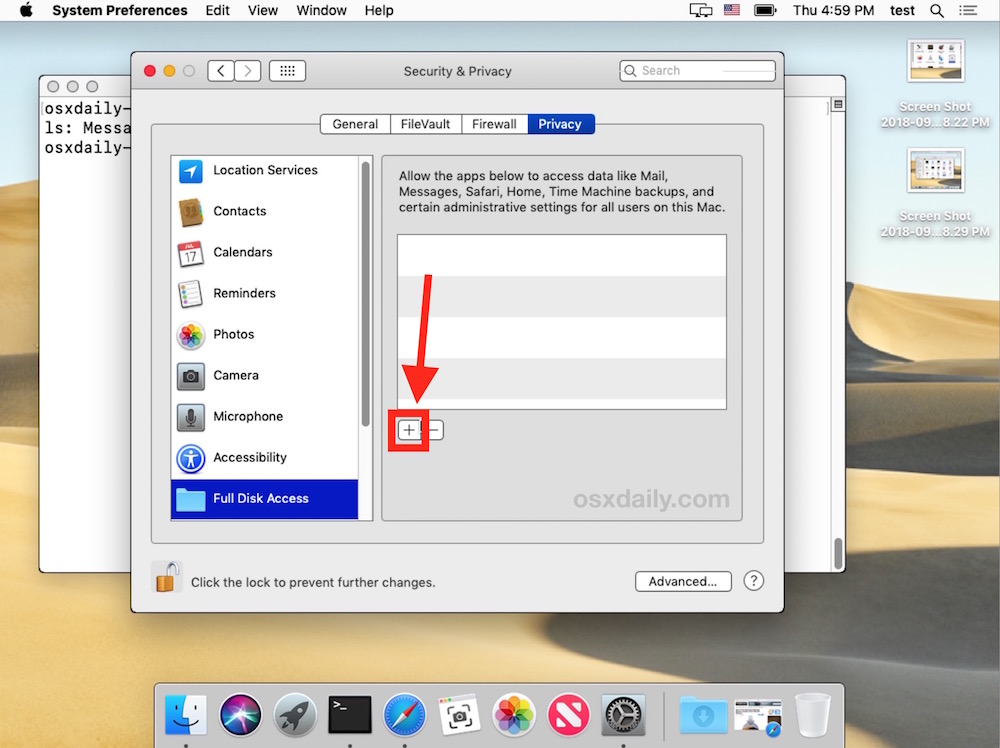These days, more and more developers are moving to OS X. Here are 20 shortcuts to help you get work done in Terminal on your Mac. As a terminal emulator, the application provides text-based access to the operating system, in contrast to the mostly graphical nature of the user experience of macOS, by providing a command-line interface to the operating system when used in conjunction with a Unix shell, such as zsh (the default shell in macOS Catalina). The user can choose other shells available with macOS, such as the.
I just recently had the opportunity to sit with Aaron Nelson and go through some really cool Powershell features, and I’m certainly going to spend time getting to know Powershell a lot better. If you didn’t know, Powershell isn’t exclusive to Windows anymore – you can actually run a basic set of Powershell features, called Powershell Core, on Mac OS and Linux as well.
But there’s a problem.
Charger: charger connected, not charging UPS: UPS not installed System: clamshell is closed, clamshell was closed on wake up Voltage: 12.534V Current: 0.000A Charge: 2.778Ah of 2.923Ah (95.0%) Capacity: 2.923Ah of 4.200Ah (69.6%) Cycles: 108 Only 69.6% capacity even though I'm effectivly fully charged? There is a paid application called Hardware Monitor that provides access to pretty much every sensor available on a mac including voltage, current and wattage which I believe you are looking for. It does include a command line utility to read this information.
By default, running the “pwsh” command just starts Powershell Core in a regular terminal window. The first thing you’ll notice is that this doesn’t really play well if you’re using a white background, as the output is often light grey, yellow or even white.
Terminal For Mac

So wouldn’t it be cool if we could launch our Powershell Core in the stylish blue world of bliss that Windows users have become so accustomed to?
Setting up a color profile
You probably already know that you can customize the Mac Terminal to death, and you may even have noticed that you can create different profiles for different purposes:
What you can do is, you can create a separate profile for your Powershell Core stuff, customize all those colors, fonts, and what-not. But here’s where it gets funkier:
You can set a custom command to start when you open a terminal window with this profile: enter pwsh in the “Run command” field at the top, and now, every time you open a window with this profile, it starts Powershell Core automatically, saving you all of five keystrokes.
The “Run inside shell” checkbox needs to be enabled!
In fact, you may even want to put “pwsh; exit” (without the quotes) in the “Run command” field – this will terminate the bash shell automatically when the pwsh process ends, so typing “exit” in Powershell will close the window.
Another slight annoyance is that when you want to close the window, technically the “pwsh” process is still running (unless you type “exit”), so you’ll get a friendly confirmation dialog that you’ll have to deal with:
To make this window go away, and save you another five keystrokes, look at the bottom of the “Shell” tab of the “Preferences” window, in the “Ask when closing” section. If you add “pwsh” to that list of applications, the terminal won’t ask you for confirmation if you want to close the window.
Obviously, that warning is there for a reason, so it’s really your call if you want to do this.
The result
Now, when you open Terminal, you can select “New Window” -> “Powershell” from the “Shell” menu…
… and voilà:
At a Glance
Expert’s Rating
Cons
Our Verdict
Editor’s note: The following review is part of Macworld’s GemFest 2012 series. Every weekday from mid June through mid August, the Macworld staff will use the Mac Gems blog to briefly cover a favorite free or low-cost program. Visit the Mac Gems homepage for a list of past Mac Gems.
Terminal Charge Mac Os X
We’ve covered a good number of Gems that can display your laptop’s battery status in the menu bar. But Battery Status (Mac App Store link) offers a unique twist that will appeal to Mac laptop and desktop users who also own Apple’s Magic Trackpad, Magic Mouse, or Wireless Keyboard. It offers information about the battery status of each of those devices, as well.
Clicking Battery Status’s menu-bar icon, and the resulting menu displays information about all your batteries. For Apple’s Bluetooth peripherals, you see the percentage charge remaining, as well as an estimate of when the battery will run out of juice. If you’ve replaced a battery since you started using Battery Status, you’ll also see the date of that change.
You can get the percentage of battery life remaining for the Magic Trackpad, Magic Mouse, and Wireless Keyboard via a submenu in Apple’s Bluetooth menu, but it’s a hassle to get to, and Battery Status offers more information. The fact that Battery Status lets you use a single menu-bar space to monitor all your batteries makes it both useful and prudent.
Mac Os Versions
[Dan Frakes (@danfrakes) is a senior editor at Macworld.]
Want to stay up to date with the latest Gems? Sign up for the Mac Gems newsletter for a weekly e-mail summary of Gems reviews sent directly to your Inbox. You can also follow Mac Gems on Twitter.